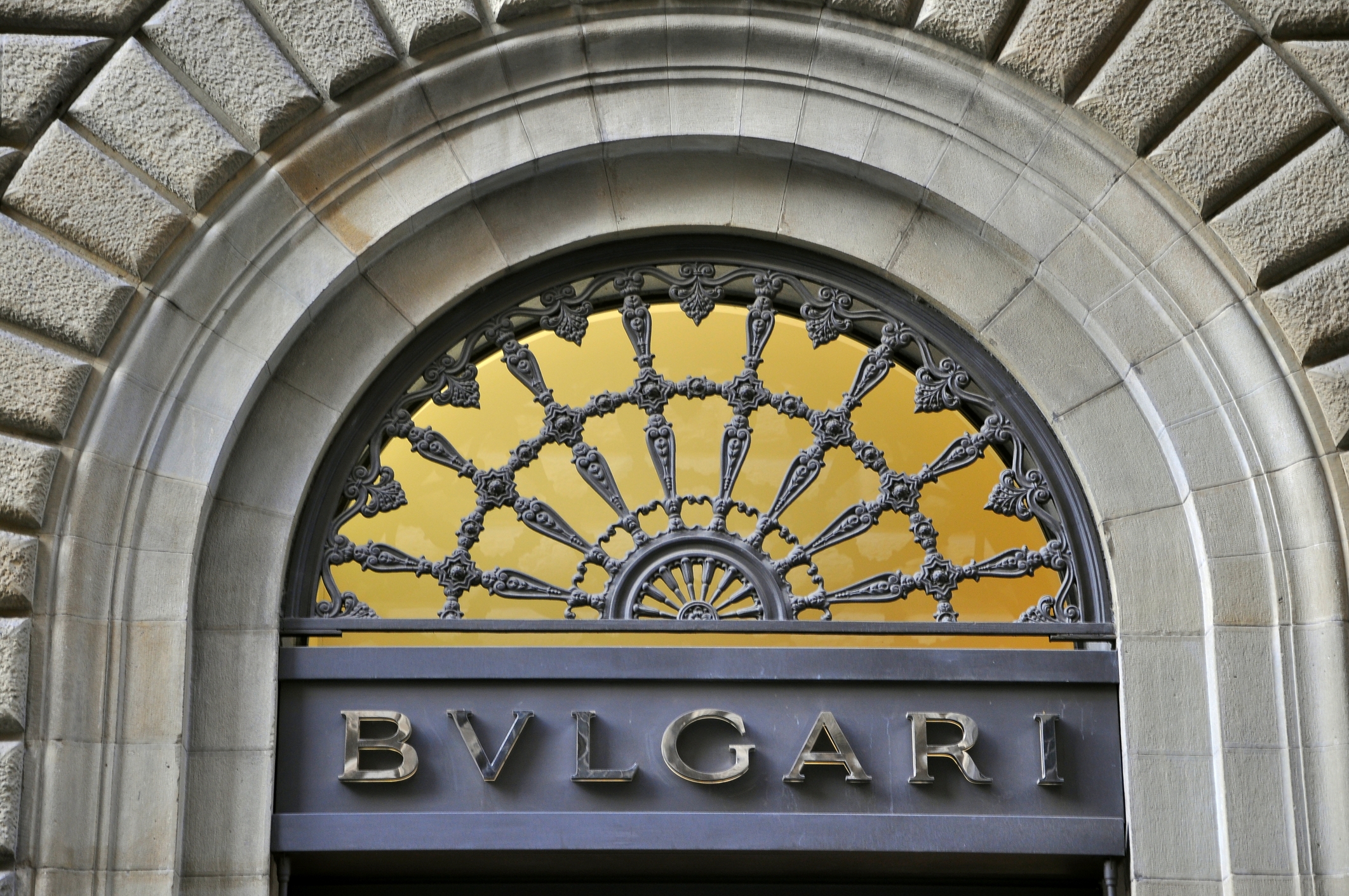Well, actually, it is still just for the super rich, but that doesn’t mean that we commoners can’t enjoy it, too.
Last Wednesday night marked the pre-opening gala for the new exhibit at the de Young Museum in Golden Gate Park: The Art of Bulgari: La Dolce Vita & Beyond, 1950 – 1990. It was the typical über-formal gala opening, fraught with very wealthy, upper-crust types, who stood around smiling, small-talking and posing for pictures with even more wealthy, upper-crust types. There were a spattering of celebrities, and with minor exception, the clothing worn by those in attendance would itself be worthy of a museum, even if the people wearing it hadn’t been present.
Besides the usual cast of characters from the de Young Museum’s hierarchy and San Francisco’s fine arts community, there were executives from Bulgari, both Italian and American, various VIPs from San Francisco’s elite social scene, and a government official or two, just to round things out. But what separated this exclusive crowd from the hoi palloi that was kept behind the virtual velvet rope, was that many of those who were seated at the grand dining table were people known as “Bulgari VIP Clients.”
These were not the well-off tourists who might have paid a mere four figures for a shiny bobble while vacationing in Italy. Oh, no. These were the next-level-up types who, whenever the mood strikes them, drop into Bulgari’s flagship store in Rome, and then walk out with a few bazillion dollars worth of bling-bling. How much you want to bet they don’t have to pay a dime for a shopping bag there? The quality of their personal collections is so impressive, that after the gala dinner was over, some of them took off their own jewelry, so that it could be placed on loan to the de Young Musum for the exhibit.
The following morning at the official press preview of the exhibit, an obviously lower-brow crowd of reporters were treated to a first-class continental breakfast during the meet-and-greet that preceded the opening remarks. It was just a teensy bit off-putting to hear Diane “Dede” Wilsey tell about the first piece of Bulgari jewelry she received at the tender age of twelve—a ring with a rock just slightly smaller than a duck. After all, at that age, most of us got our first ring out of a box of cereal.
And it didn’t help matters to hear her describe her relief when Bulgari began to make formal evening jewelry out of yellow gold in the 1950s. Apparently before that, it was considered rather gauche to wear anything after six that wasn’t made of platinum or white gold. This revelation came as quite a surprise to those of us who only recently discovered that ruffled shirts are no longer properly worn with powder-blue tuxedos and big velvet bow ties. But Dede’s charm was, as usual, overwhelming. She soon won over even the most skeptical of the “ninety-nine percenters” in the room, and made even the most ordinary folks feel the driving urge to be in the presence of Bulgari jewelry—even if it was just for an hour or so.
It was at the press preview that the popular and down-to-earth Mauro Battocchi, Consul General of Italy, was asked how the average Italian-American—or the average person for that matter—could relate to such a display of ultra-unapproachable luxury. His answer was unexpected, but certainly brought the whole thing into perspective:
“I drive a Fiat because I cannot afford a Maserati or a Ferrari, but that doesn’t mean I can’t appreciate the beauty and artistry of a luxury car. People like you and me may not be able to afford to have our own private art collection, but we can see great Italian works of art in a world-class museum like the de Young. That is why this exhibit is so important. Bulgari, like other great Italian houses of art, creates treasures that not everyone can own, but everyone can appreciate. This exhibit at the de Young Museum provides an opportunity for Italians, Italian-Americans, and Italophiles, to see with their own eyes, the Italian artistry, craftsmanship, and unsurpassable beauty that is Bulgari.”
The Art of Bulgari: La Dolce Vita & Beyond 1950 – 1990, an exhibition of approximately 150 pieces created by the renowned Italian jeweler over four decades, highlights jewelry that defined a pivotal period in Italian design, and includes many pieces from the personal collection of Elizabeth Taylor. The exhibit will be on display at the de Young Museum through February 17, 2014.
Bulgari notably began to create its own trademark jewelry in the nineteen-sixties by embracing boldly-colored combinations of gemstones, use of heavy gold, and forms derived from Greco-Roman classicism, the Italian Renaissance, and the nineteenth-century Roman school of goldsmiths. The company helped to develop a look that would come to be known as the “Italian school” of jewelry design. Pieces in the exhibition display the jeweler’s eclectic creativity and invention during this period.
Works in the exhibition also include those from the nineteen-seventies and nineteen-eighties, a particularly innovative period for the jeweler and one influenced by Pop Art and other contemporary trends. “The hard-edged designs of the nineteen-seventies included a whole range based on the Stars-and-Stripes motif, while in the nineteen-eighties, the Parentesi collection had a smoother, modular, almost architectural presence; both show how the jeweler could lead in new directions with a strong sense of design,” said Martin Chapman, curator in charge of European Decorative Arts and Sculpture at the Fine Arts Museums of San Francisco.
Bulgari’s successful cultivation of prominent patrons and movie stars like Sophia Loren, Ingrid Bergman, and perhaps most notably, Elizabeth Taylor, has long been a key aspect of the jeweler’s reputation. To help explore the cultural context in which these objects were made, the exhibition includes innovative uses of sketches, photographs, and other archival materials that help to reveal a fascinating intersection of celebrity, design, and fine craftsmanship.
In spite of its seeming unapproachable nature, the exhibit is, in fact, something not to be missed. It is truly impressive, and something that every Italian should see and be proud of. Western Art without the contributions of Italy is hardly the same thing, and Italian Art without the contributions of Bulgari is similarly lacking. Not only is it worth the twenty-two dollar admission price, it is well-worth a five-hundred-mile drive to see it.
































